A few weeks ago i took advantage of a long morning in Brussels to visit Andres Serrano. Uncensored photographs at the Royal Museums of Fine Arts.
Uncensored photographs | Andres Serrano
I’ve always liked the work of Serrano. A lot. It’s outrageous, in your face and enjoyably iconoclastic. Portraits of the Ku Klux Klan leaders, close-up of Trump trying his best to look ‘deep’, plastic crucifix immersed into urine, bondage scenes, decaying corpses at the morgue… Shit. His images would be merely anecdotic if they were not also carefully shot, framed, lit and composed.
The exhibition at the Royal Museum of Fine Arts made me realize that until now i had paid the wrong kind of attention to his work. Blinded by the scandalous aura of the images, i had overlooked the compassionate look at society, the deep concern for humanity that a closer inspection reveals. With his portraits of imperfect individuals, Serrano doesn’t judge, he draws a portrait of our deeply flawed society.
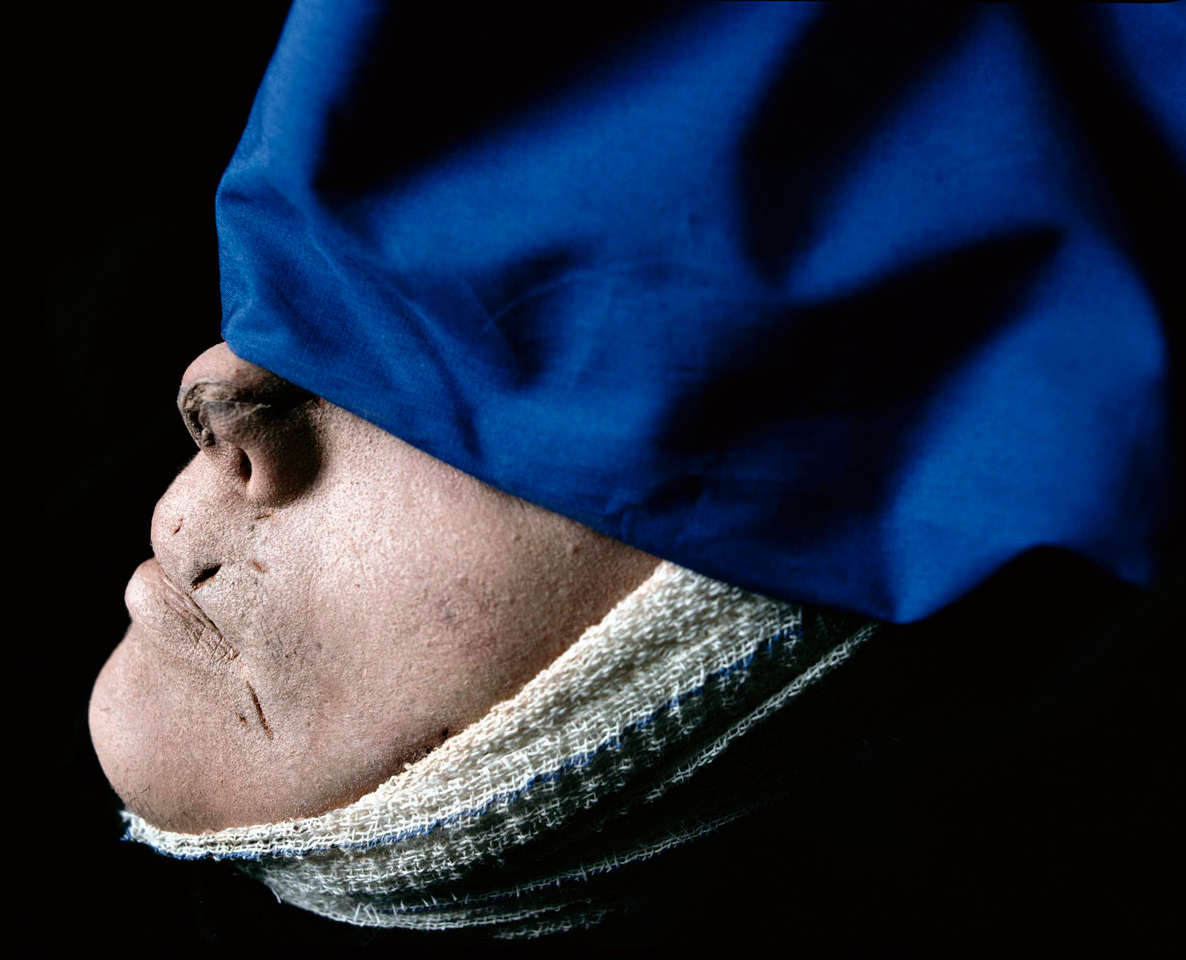
Andress Serrano, Killed by Four Great Danes, 1992. From the series The Morgue
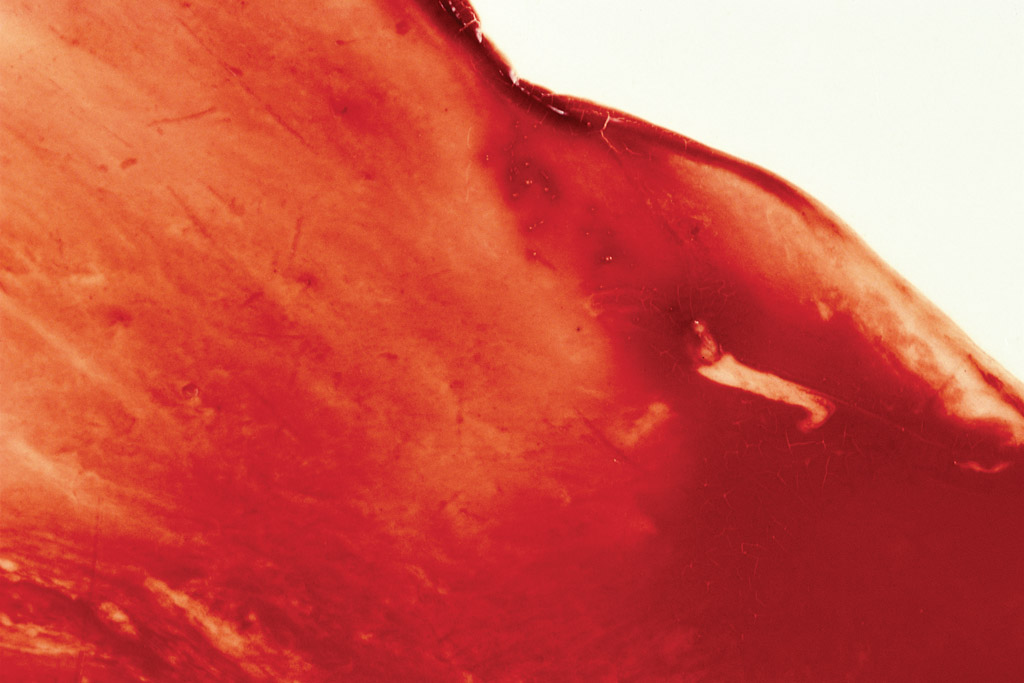
Andres Serrano, Blood and Semen V
In an attempt to explain why they chose to present works that caused controversy, criticism and physical attacks, the Royal Museums of Fine Arts of Belgium wrote:
To show Serrano means to assert our basic values. Against barbarism and intolerance. Against obscurantism and inhumanity.
I wasn’t expecting to like this retrospective so much. Even the audioguide was not boring. Cunningly, the curator asked Serrano to talk directly about his photos. So that’s all you hear in the audioguide: the voice of the photographer telling you about his experiences, how he met the people he worked with, the challenges he encountered, the motivations behind the images. I could have listened to him for hours.
If you can’t make it to Brussels before the show closes (soon! on 21 August!) then check out this very small selection of the works on show. Most of the little texts underneath are quotes taken from Serrano’s descriptions of his work.
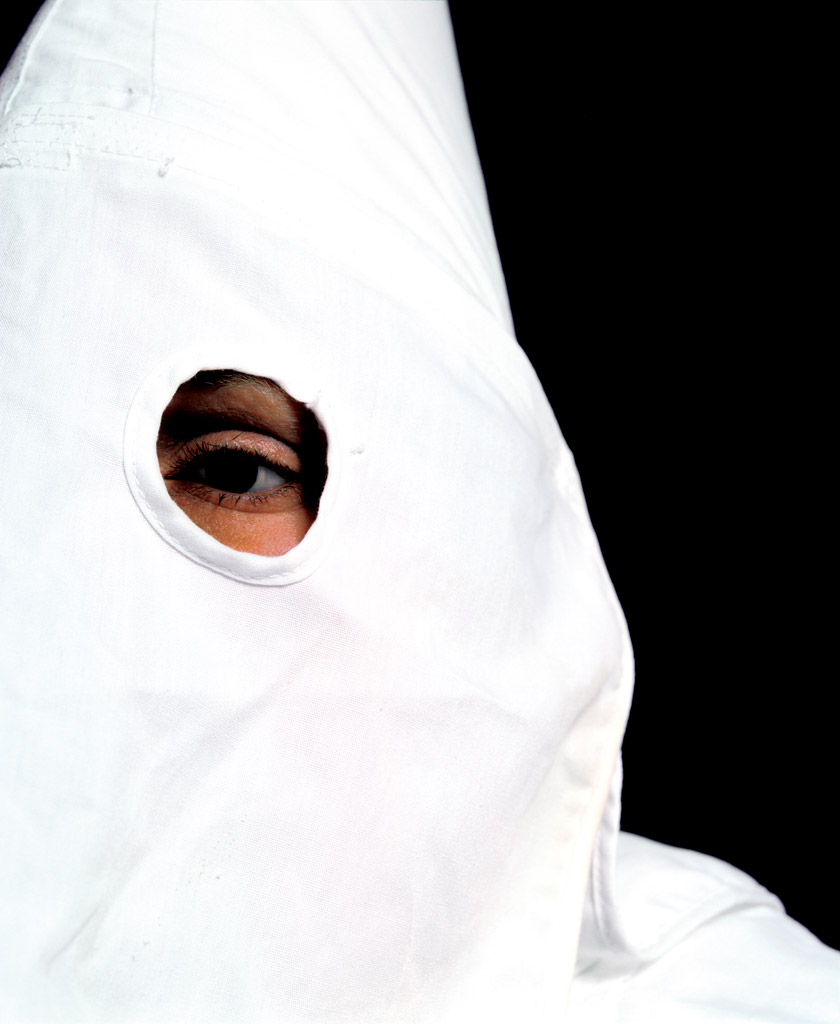
Andres Serrano, Klanswoman Grand Klaliff II, 1990
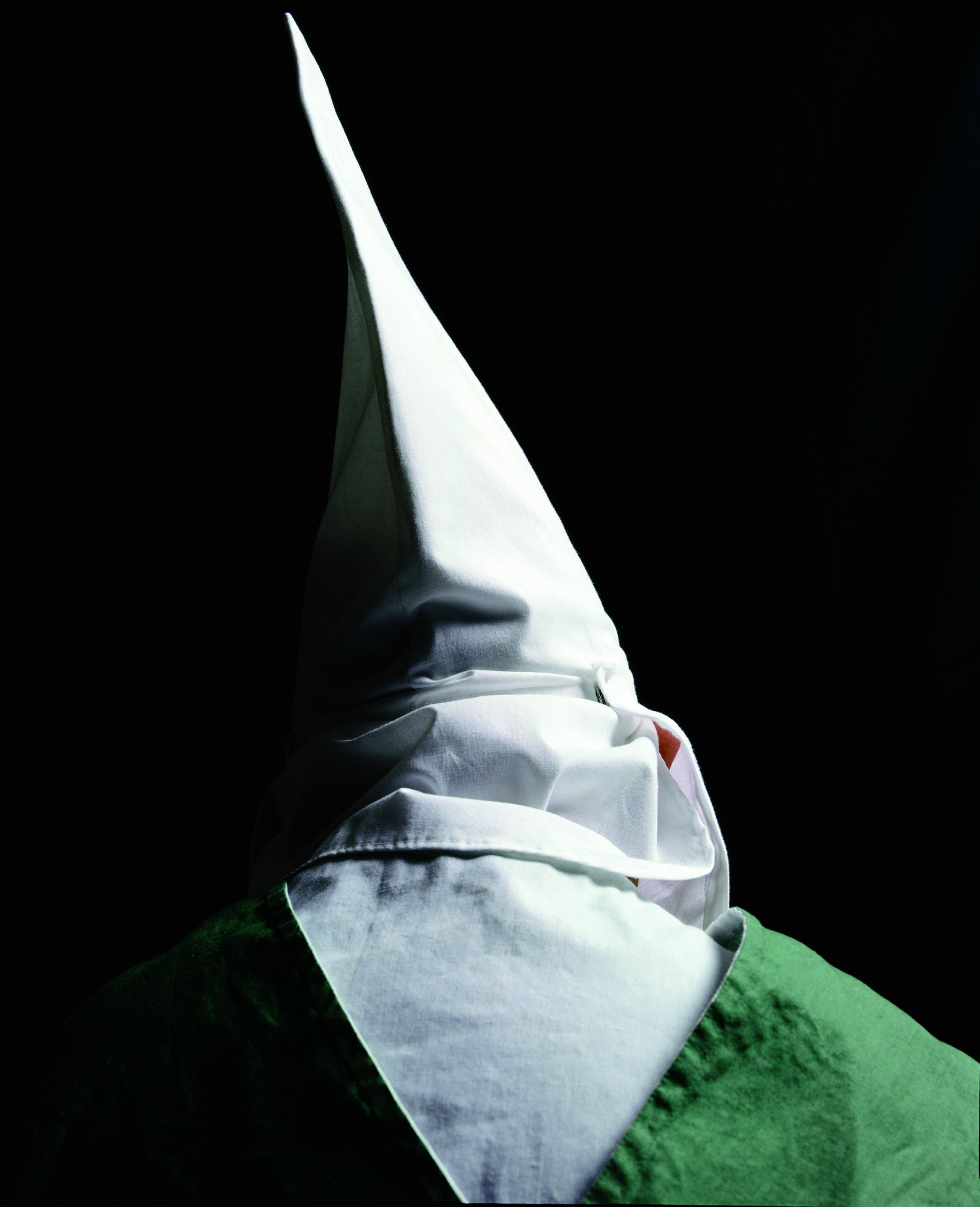
Andres Serrano, Klansmen (Knight Hawk Of Georgia of The Invisible Empire IV) 1990 © Andres Serrano, Courtesy Galerie Nathalie Obadia Paris/Brussels, THE KLAN SERIES
“The fact that i’m not white made it a bigger challenge, as well as the scandal of Piss Christ made me a natural enemy of the Klan. It was a challenge for them to agree to be photographer by somebody who embodied everything the Klan was against. It was difficult and risky too. Some people saw it as a provocation. Perhaps, but these photographs are first of all a confrontation, the desire to look them in the eye and represent them, because i regard the Klan as the outsider and I am an outsider myself. Aside from our antagonism, this similarity interested me.”
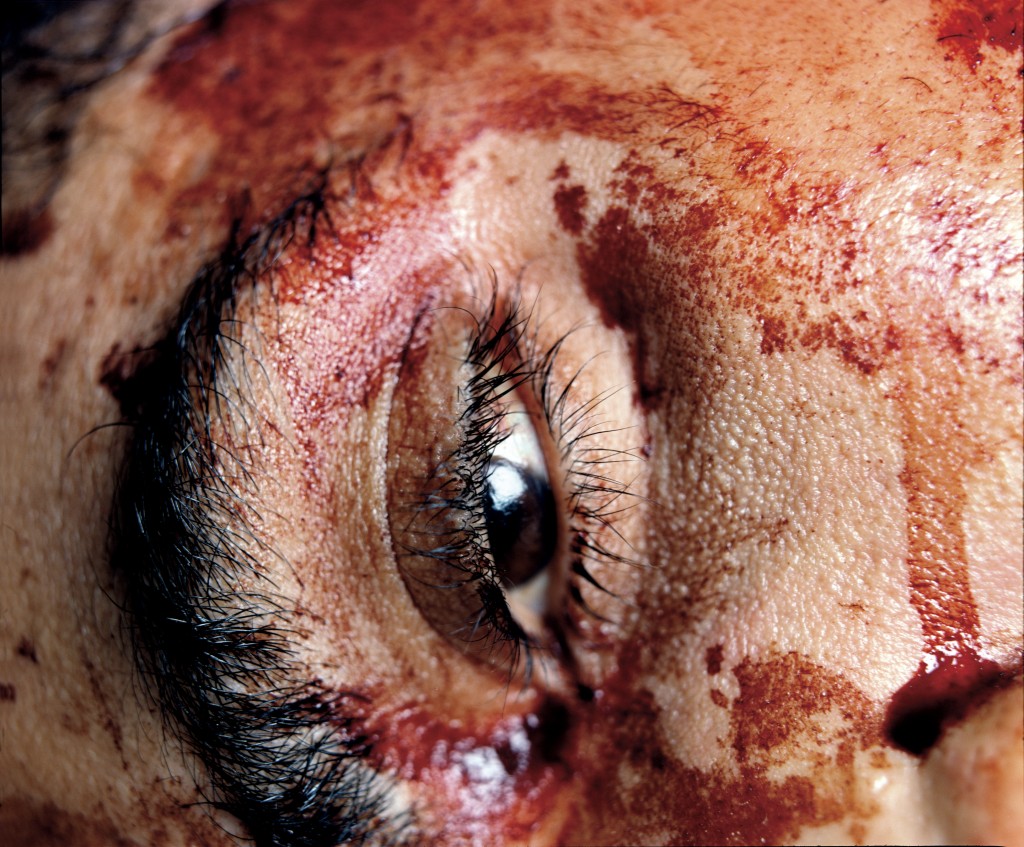
Andres Serrano, Hacked to Death II, 1992. From the series The Morgue
“The Morgue is a place built up around the human body, which is always present. Each photograph works as a portrait, all the stronger because of its singularity. First thing is that I wanted to protect the identity of the people. That’s why they are masked. Using close-up and focusing on details gives their individual qualities more expression. As well as the human being still present, these details symbolize death, sometimes horrible and violent barbaric, sometimes cunning and peaceful.”
“Hacked to Death, from the Morgue series, is the portrait of a man killed by his wife. Even though he was stabbed twenty-three times, I was struck by the strong presence of this model, as encapsulated by this wide-open eye staring at the viewer. I felt a sort of threat similar to that of the guns in Objects of Desire. We look at the photograph but it stares back at us. It erects something against us and confronts us. This is an important aspect of my work.”
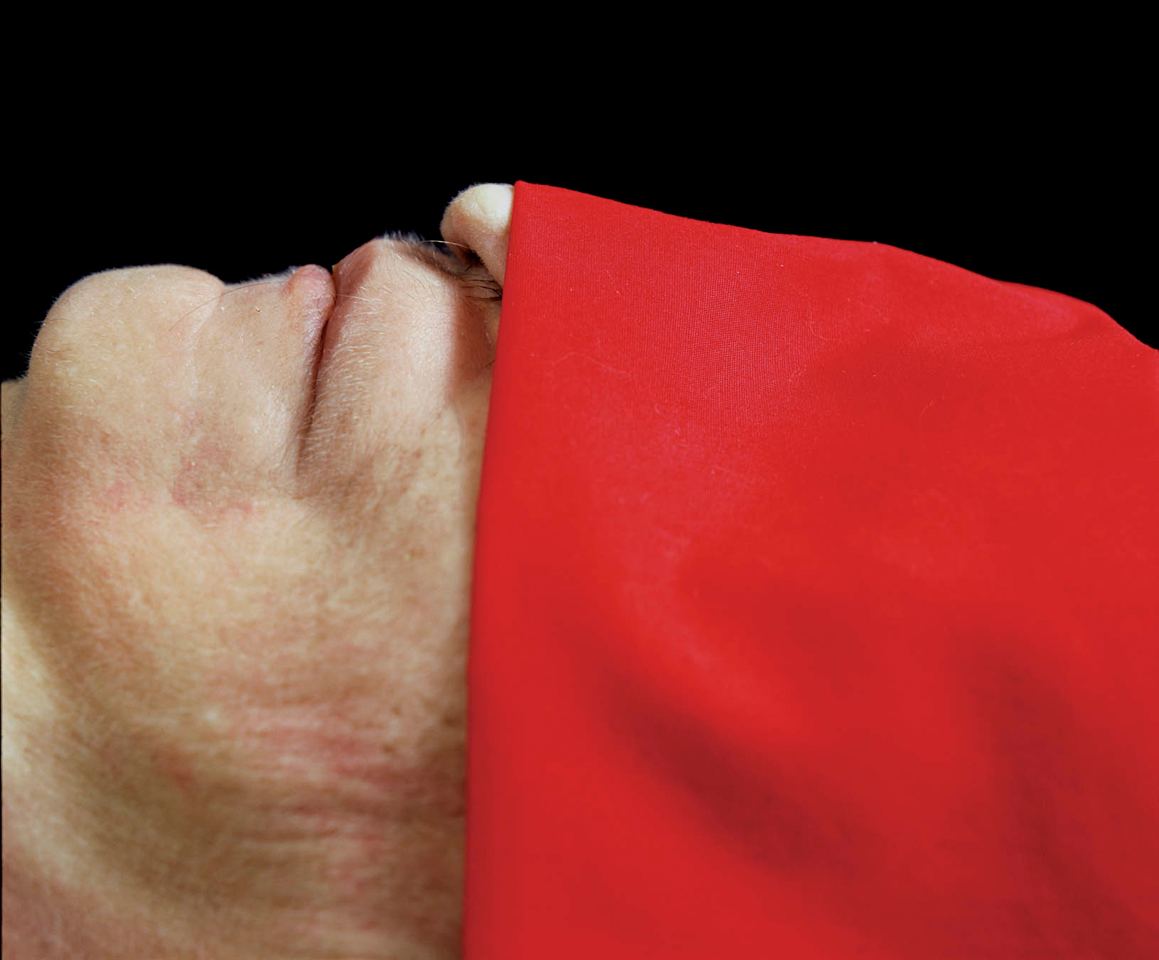
Andres Serrano, Infection Pneumonia, 1992. From the series The Morgue
“For me, the body of the model in Infectious Pneumonia is like classical painting. That’s how it appeared to me. I never touched any of the bodies I photographed in the mortuary. The sense of drapery and the timelessness of form striving for ideal perfection find singular resolution through connection, as the title indicates, to death 26 through illness, an internal process that attacked the body itself. The classical ideal is asserted and destroyed by its own built-in obsolescence. Its end is inside it.”
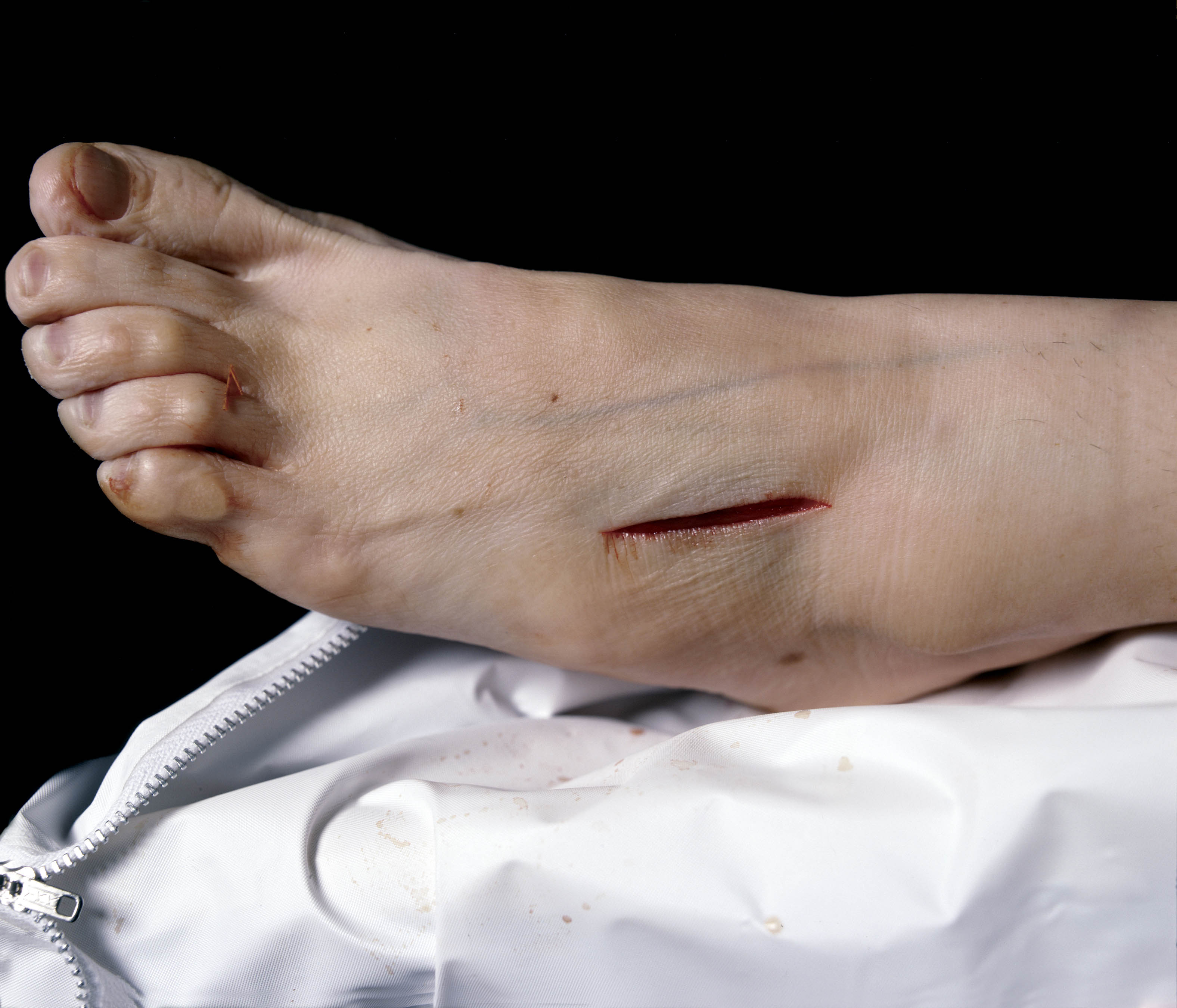
Andres Serrano, Rat Poison Suicide II, 1992. From the series The Morgue
Talking about Rat Poison Suicide: “In this photograph, the initial perception from a distance presents a sort of eroticism through the lighting, the velvety material and the sensuality of the skin. But it’s a dead body. The eye doesn’t realize this at first and the image tells us something different from what it is. What the title tells us with the objectivity of the cause of death. Sometimes painful, as in the case of these children, who seem to be asleep and who died of pneumonia or meningitis.”
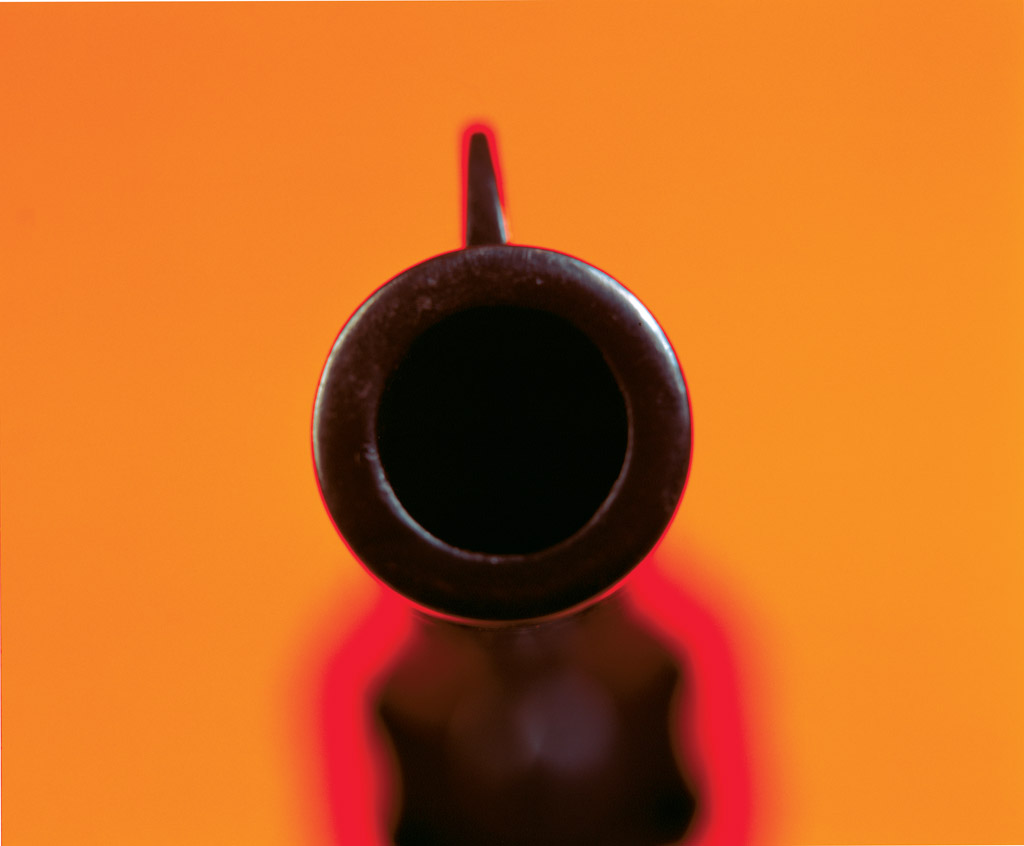
Andres Serrano, Colt D.A. 45, 1992, from the series Objects of Desire
“The title of this series comes from the Buñuel film That Obscure Object of Desire (1977). I’m a big fan of his work. Having to work in New Orleans, I focused on the weapons that circulate there freely and everything a hand gun can mean as a psychic substitute. There I met gun collectors − men, never women − who treat these weapons like works of art, who respect them, admire them and covet them. The guns I photographed were all loaded. The desire was also a threat. I like the idea of looking death in the eye, of facing danger.”
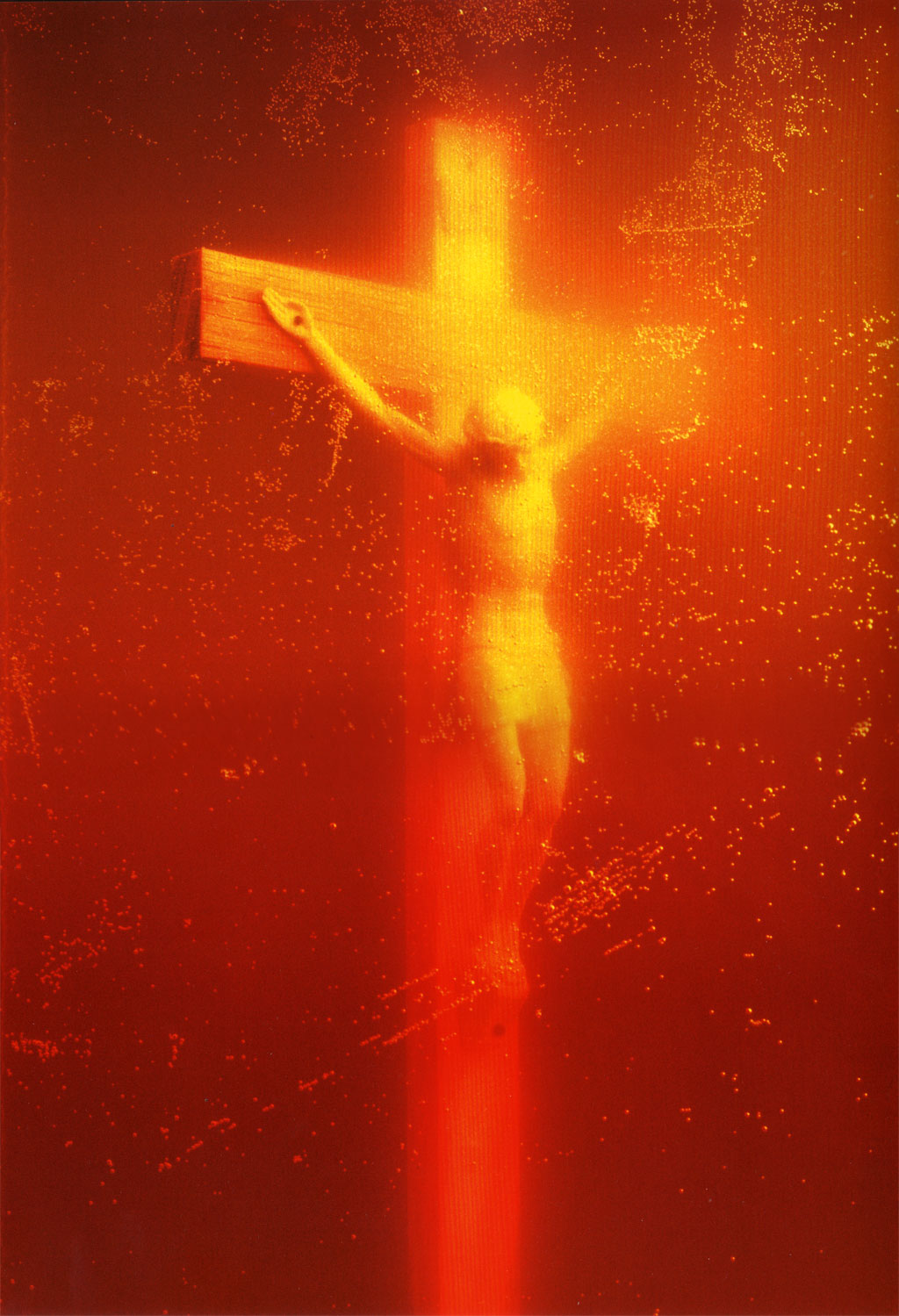
Andres Serrano, Piss Christ, 1987 © Andres Serrano, Courtesy Galerie Nathalie Obadia Paris/Brussels, IMMERSIONS SERIES
“As a Catholic, i was brought up in the love of Christ, where divinity and humanity, ideal and sacrifice, purity and poverty are mixed. And so it seemed natural to me to immerse a crucifix in urine and call it Piss Christ. This photograph isn’t sacrilegious or blasphemous for me.
Crucifixion is a terrible torture, an act of cruelty that is always present. This small object that is so familiar to us, that we pray and touch with love, do we still see the horror it represents. My Piss Christ is a Christian work, a devotional work in the most traditional sense.”
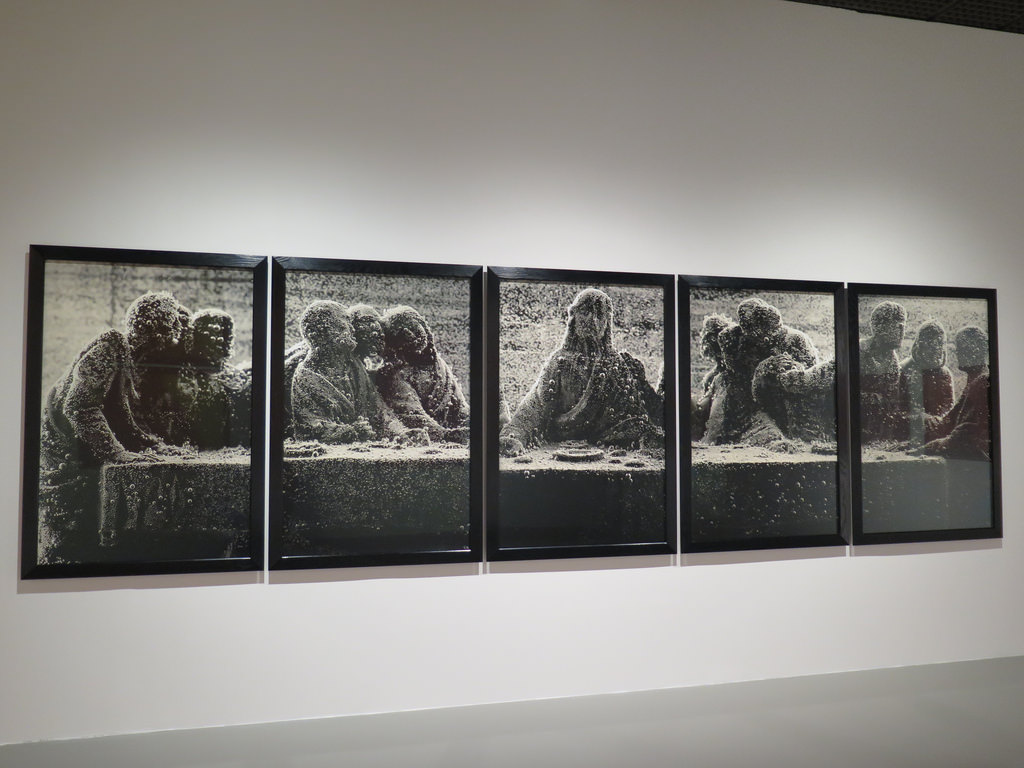
Andres Serrano, Black Supper, 1990
“Taken in 1990, Black Supper is the last of the Immersions. I had arrived at the end of a road and I hesitated over this subject. Unlike the other Immersions, I used water. Bubbles formed accidentally, making it hard to see the subject. They give the polyptych this unreal, fairytale effect. These five photographs are not one image cut up but five different, separate shots that can form a bigger whole.”
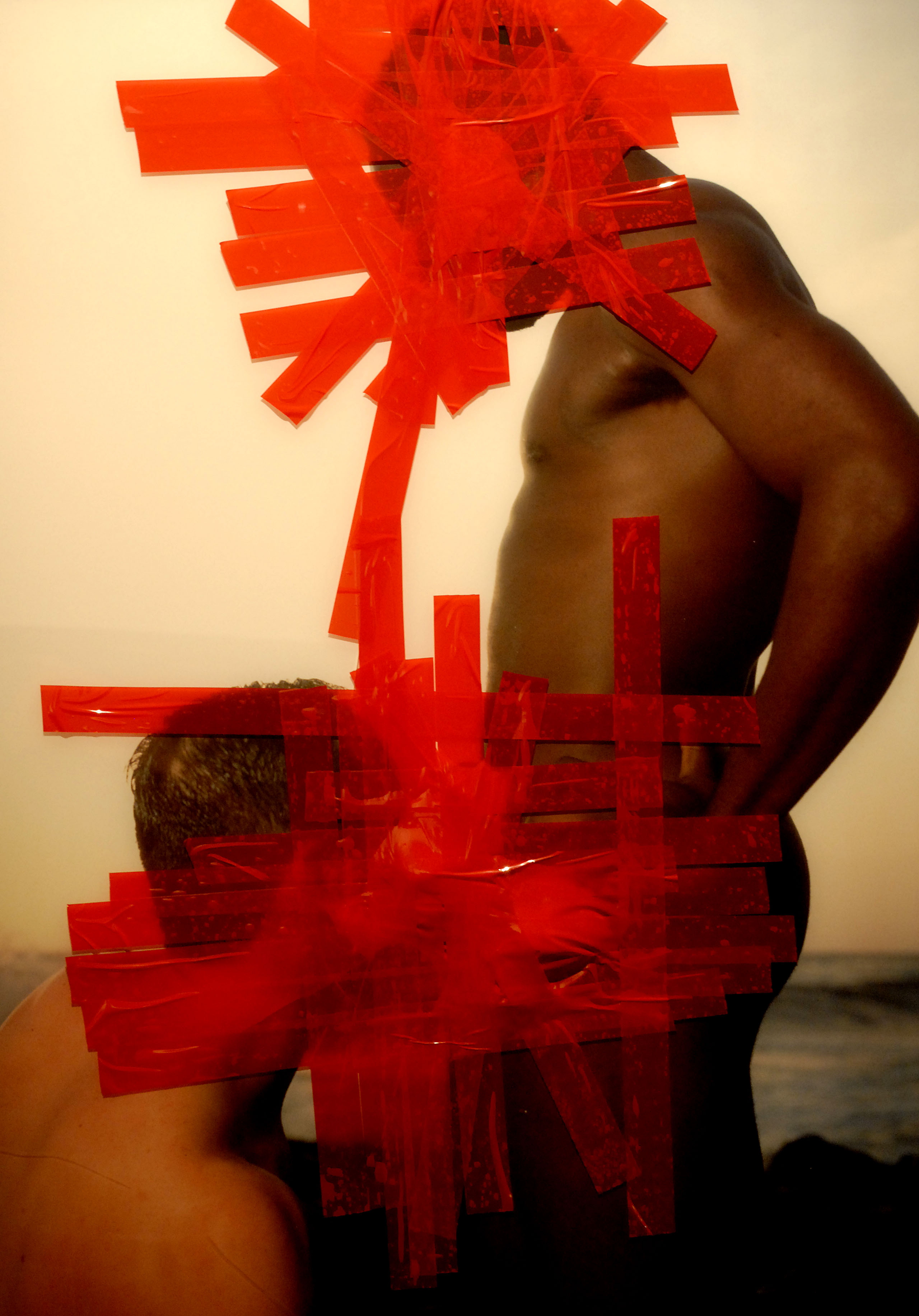
Andres Serrano, Roberts & Luca vandalized
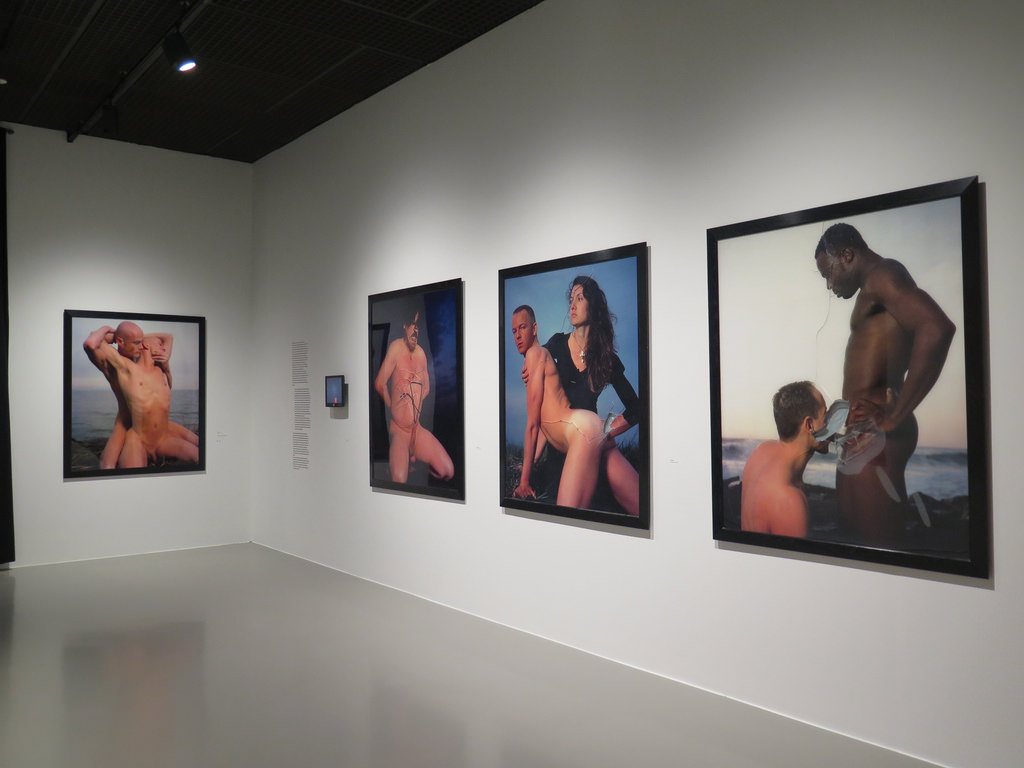
The History of Sex. View of the exhibition space in Brussels
A room separated by heavy black curtains from the main galleries shows works form the series History of Sex. Some of them had been vandalized in 2007 in Lund (Sweden) by a group of masked neo-Nazi. The attack was part of a campaign to protest against decadence and “degenerate art”, a term used by the Nazi regime in the 1930 to condemn virtually all modern art.
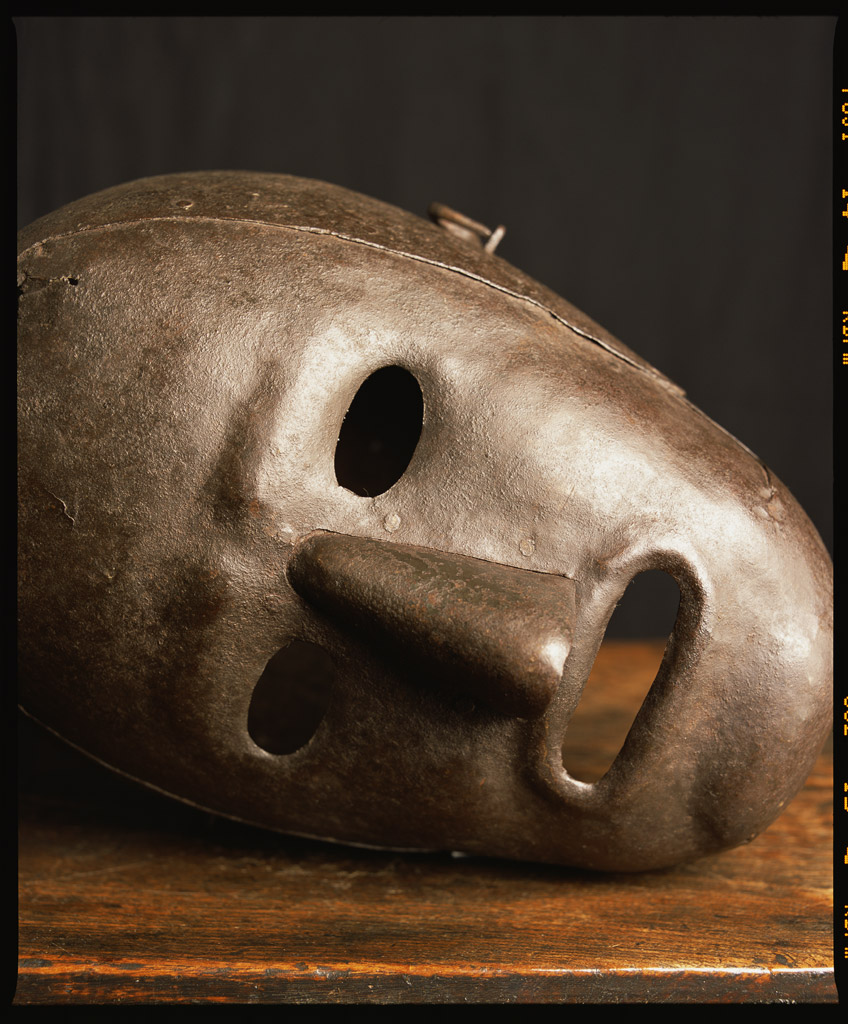
Andres Serrano, Fool’s Mask IV,Hever Castle, England (from the series Torture), 2015
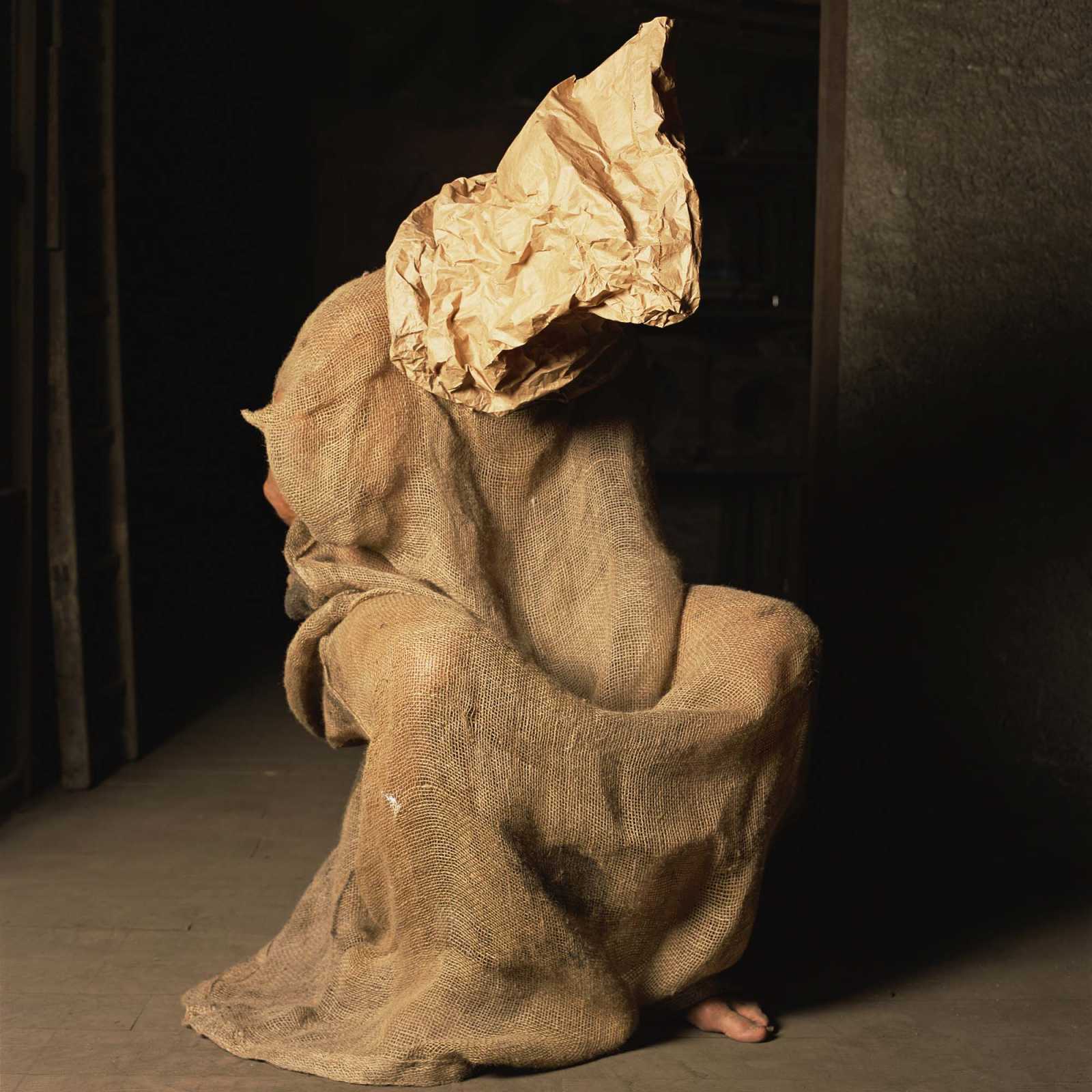
Andres Serrano, XXVI-1, 2015. © Andres Serrano, Courtesy Galerie Nathalie Obadia Paris/Brussels, Torture series
“When I did the Torture series, my latest, I had a very strange feeling because I had to act as the torturer and at the same time empathise with the victim. Again, there is the duality: suffering and violence, sacrifice and inhumanity, the torturer and the tortured. The objects all are real and authentic, used to inflict cruelty through history. I found them all over Europe and they remind us of what human beings can do to other human beings. In a sense it is like the other side of Piss Christ, the side of violence and cruelty. With regard to the subjects, some bear direct testimony and others are actors taking part in a tableau vivant.”
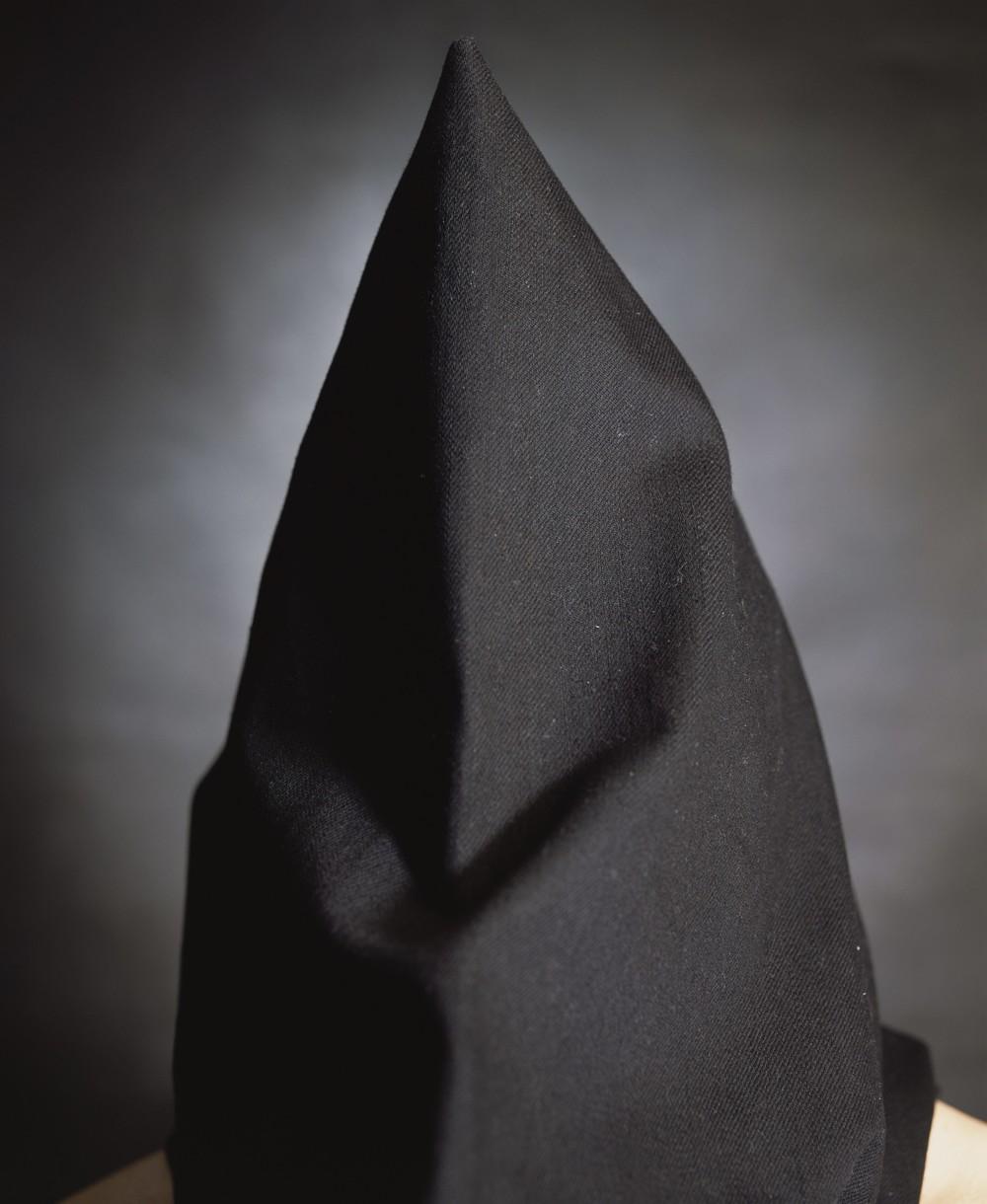
Andres Serrano, Kevin Hannaway. From the series ‘The Hooded Men’
Part of a series of photos showing 4 hooded men. Behind the hoods are real members of the IRA (Irish Republican Army) arrested by the British police in the 1970s and held in isolation, hooded all the time. The ordeal lasted years for some of them. Serrano met 4 of these men and asked if he could photograph them in the hoods. Now old, they agreed because the hoods have become an inseparable part of their martyrdom despite the years.
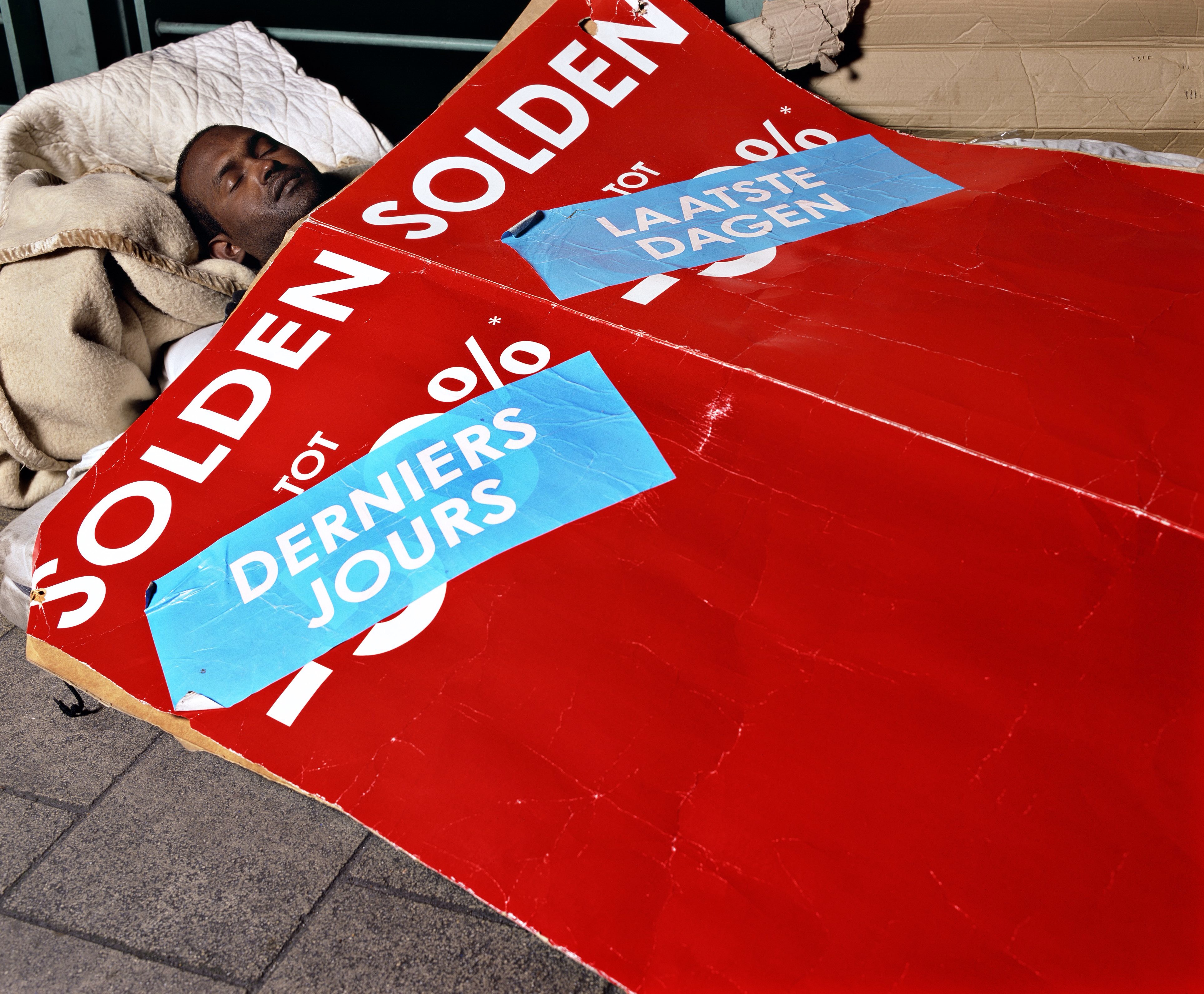
Andres Serrano, Ahmed Osoble, 2015. From the Denizens of Brussels series
The Royal Museums of Fine Arts sent Serrano in the streets of Brussels and he came back with Denizens of Brussels, a very moving series portraying people living and sleeping in the streets of the capital.
Andres Serrano, Denizens of Brussels
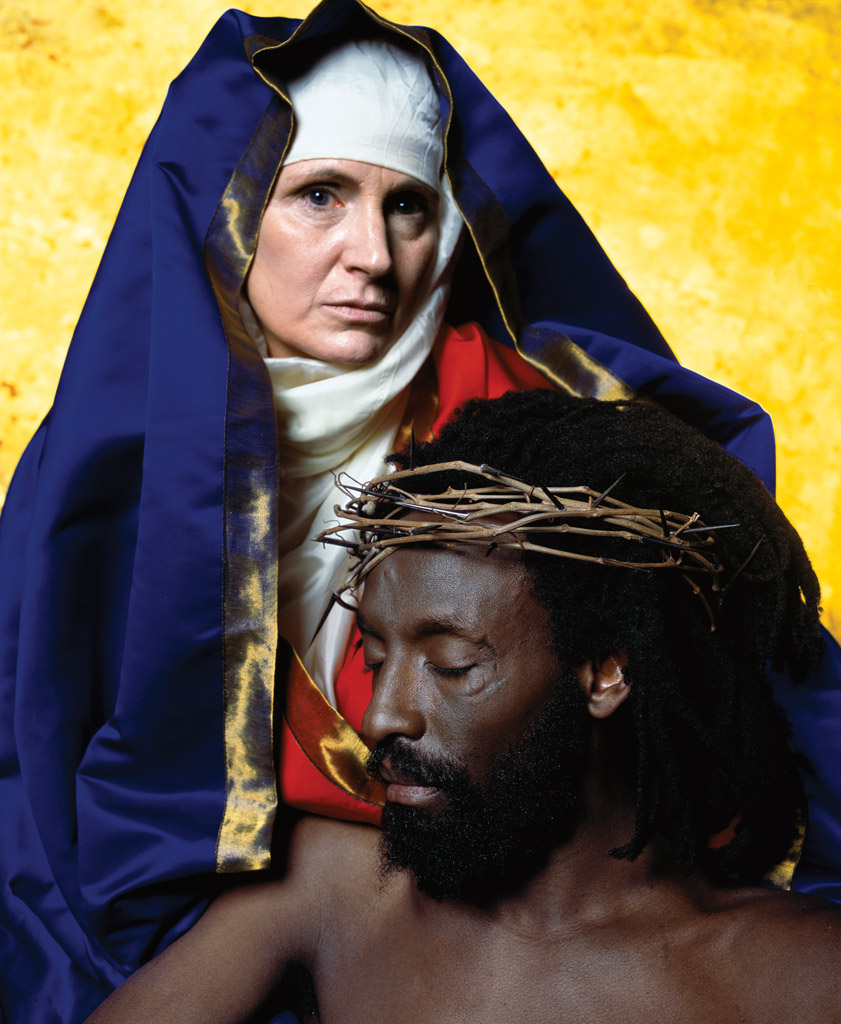
Andres Serrano, The Other Christ, 2001
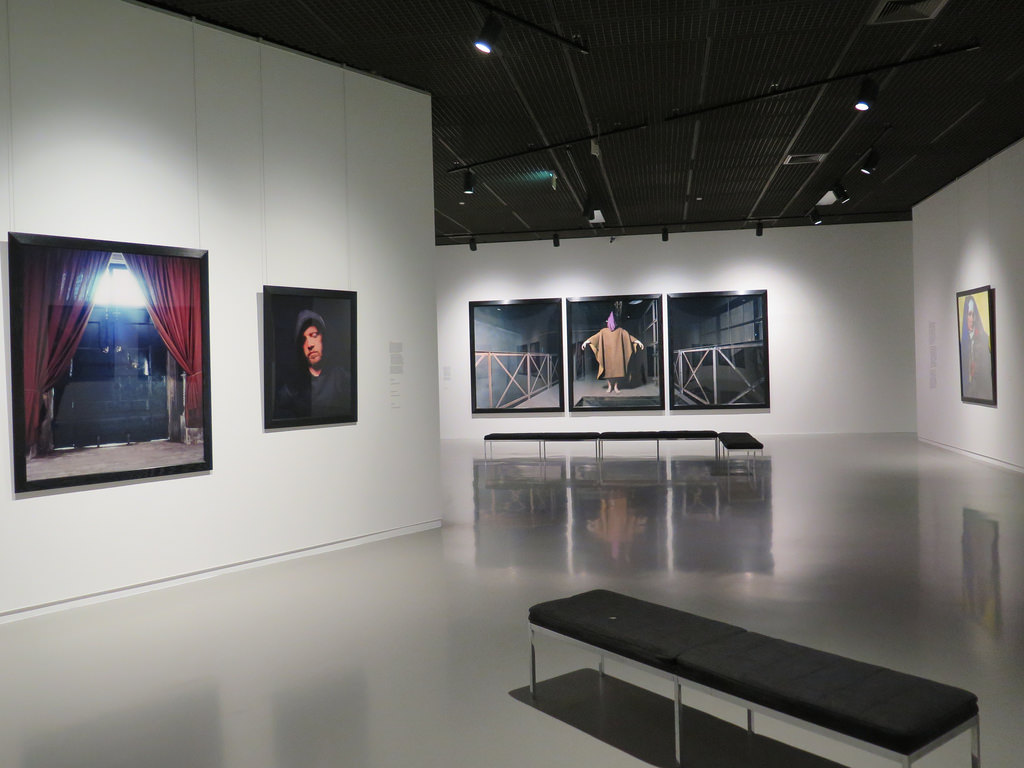
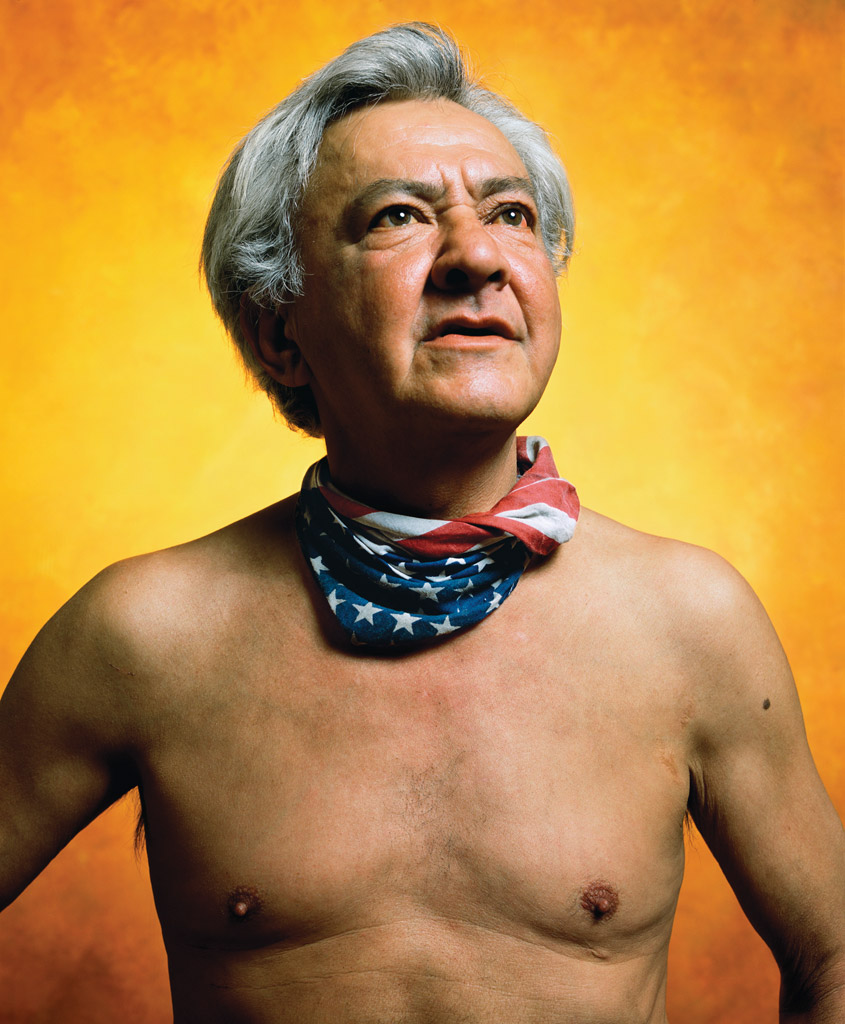
Andres Serrano, Lucas Suarez, Homeless, 2002. From the series America
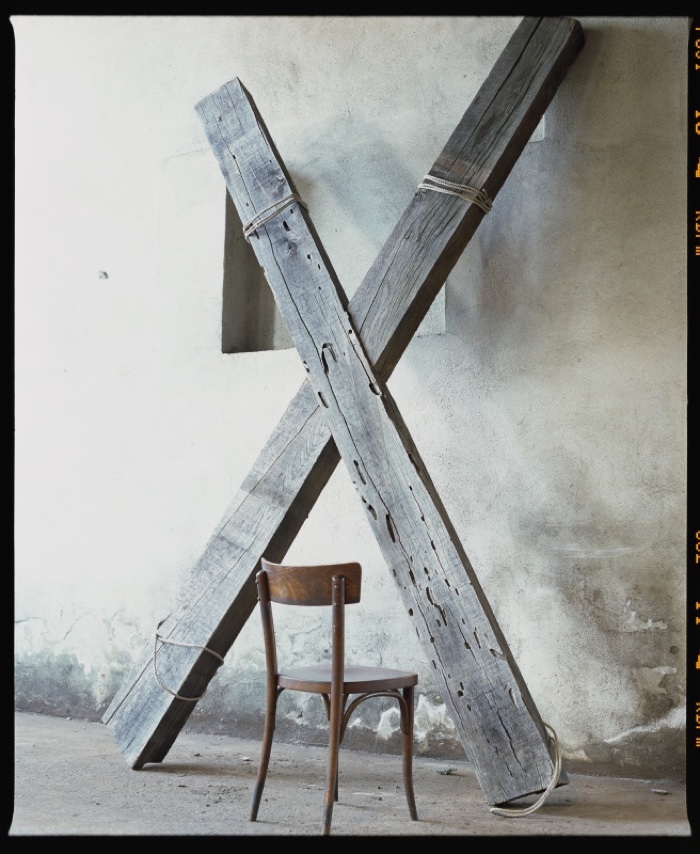
Andres Serrano, Cross
Andres Serrano. Uncensored photographs is at the Royal Museums of Fine Arts of Belgium in Brussels until 21 August 2016.
